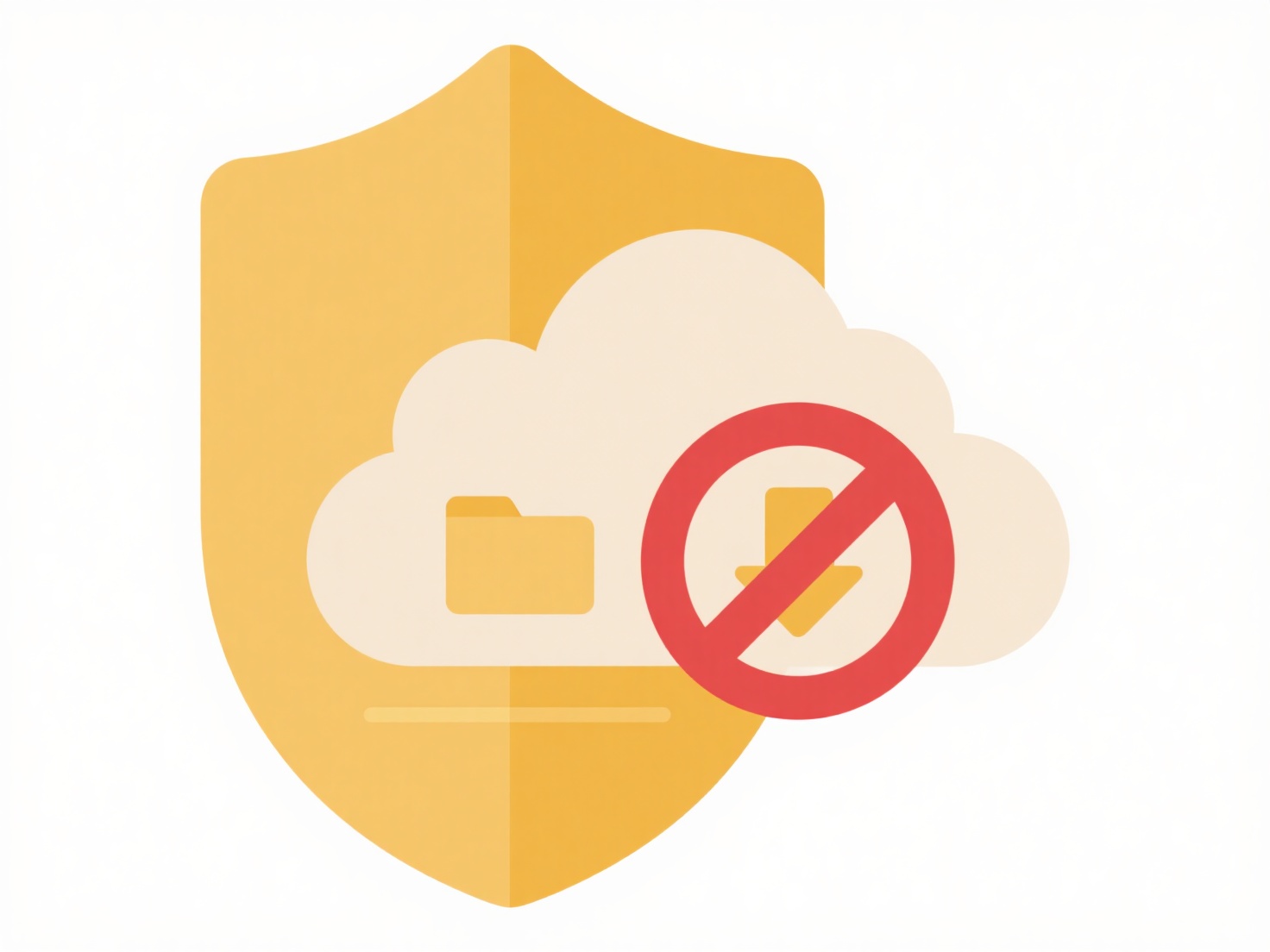
Previewing duplicates before deletion is the process of viewing identified duplicate entries in a dataset before confirming their removal. This typically involves running a duplicate detection routine based on defined criteria (like name, email address, or file content), resulting in a list showing potential duplicates grouped together. Importantly, this preview allows you to visually confirm which items the system considers duplicates and selectively choose which one(s) to delete or merge, rather than applying a deletion blindly.
This functionality is commonly found in data management tools across various industries. For instance, within Customer Relationship Management (CRM) systems like Salesforce or HubSpot, sales teams preview duplicate customer or lead records identified by similar email or company names before cleaning their database. Similarly, file storage services like Dropbox or Google Drive provide previews of identical files found during duplicate scans, enabling users to choose which copy to retain before deleting the others.

The primary advantage is avoiding accidental data loss by preventing the mistaken deletion of unique entries incorrectly flagged as duplicates. It enhances control over data hygiene efforts. However, effectiveness relies heavily on the accuracy of the initial duplicate detection rules; poorly defined rules can miss duplicates or generate false positives, limiting the preview's value. Ethical considerations involve handling personal data carefully during the detection and review process. As datasets grow, machine learning increasingly aids in identifying more complex duplicate patterns for preview.
How can I preview duplicates before deleting?
Previewing duplicates before deletion is the process of viewing identified duplicate entries in a dataset before confirming their removal. This typically involves running a duplicate detection routine based on defined criteria (like name, email address, or file content), resulting in a list showing potential duplicates grouped together. Importantly, this preview allows you to visually confirm which items the system considers duplicates and selectively choose which one(s) to delete or merge, rather than applying a deletion blindly.
This functionality is commonly found in data management tools across various industries. For instance, within Customer Relationship Management (CRM) systems like Salesforce or HubSpot, sales teams preview duplicate customer or lead records identified by similar email or company names before cleaning their database. Similarly, file storage services like Dropbox or Google Drive provide previews of identical files found during duplicate scans, enabling users to choose which copy to retain before deleting the others.

The primary advantage is avoiding accidental data loss by preventing the mistaken deletion of unique entries incorrectly flagged as duplicates. It enhances control over data hygiene efforts. However, effectiveness relies heavily on the accuracy of the initial duplicate detection rules; poorly defined rules can miss duplicates or generate false positives, limiting the preview's value. Ethical considerations involve handling personal data carefully during the detection and review process. As datasets grow, machine learning increasingly aids in identifying more complex duplicate patterns for preview.
Related Recommendations
Quick Article Links
How do I organize screenshots on my phone?
Organizing screenshots means systematically arranging these image captures for easy retrieval, preventing clutter in you...
Can I set expiration or review dates on files?
File expiration and review dates let you set automated time limits on file accessibility or require periodic oversight. ...
Can similar but not identical files be flagged as duplicates?
Similar but not identical files typically wouldn't be flagged as exact duplicates by standard duplicate detection tools,...